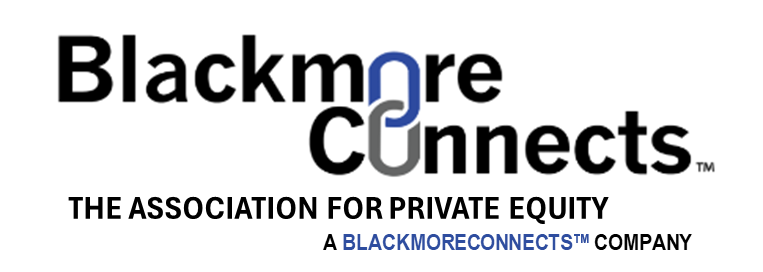The Importance of the "Voice of the Customer" in Private Equity: Why Meeting 200+ PE Firms Isn't Optional
Written By: Gerald O’Dwyer III
The PE Guru — BlackmoreConnects, Inc | September 5, 2024
For executives who have been in private equity, aspire to land roles in the space, or seek to put together their own deal with at least 5% equity, there is one crucial concept that can make or break their success: the “Voice of the Customer” (VOC). In the business world, you’ve likely used VOC to better design products, improve efficiency, and meet customer needs. But have you applied this same principle to your own career in private equity? If not, the risks and costs are significant—and potentially painful.
The VOC Mindset: Applying It to Your PE Journey
In your past roles, you’ve undoubtedly utilized VOC to gather customer insights, refine strategies, and drive growth. The process is systematic: understanding the customer’s needs, pain points, and expectations and then tailoring your offerings accordingly. Now, consider this: the private equity firms you want to work with, invest alongside, or partner with are your “customers.” How well do you know them?
Most executives have met, at best, ten PE firms. But here’s the challenge—private equity is a vast and competitive field, with over 16,000 firms in the U.S. alone. Limiting yourself to a small circle of contacts is akin to designing a product for only one customer segment and hoping it works for the entire market. It’s a risky, incomplete approach.
The Costs of Turnover: A Reality Check
Let’s talk about turnover. When you switch roles—or worse, face an unexpected exit—the costs aren’t just financial. There’s the impact on your personal life, your mental health, and the strain on your professional reputation. Not having deep, diverse conversations with a broad range of PE firms can amplify these costs. Without a robust network and thorough understanding of the PE landscape, your transition becomes much more challenging.
Think back to your previous roles. Would you have launched a product without extensive customer research? Would you have made strategic decisions without data? Of course not. So why would you approach your PE career or deal-making any differently?
The Pain of Inaction: Learning the Hard Way
Private equity is notoriously challenging. It requires not just financial acumen but also resilience, adaptability, and a deep understanding of the market dynamics. Executives who fail to engage broadly with PE firms often find themselves in a painful cycle—missed opportunities, stagnant growth, and mental exhaustion.
The solution? Start thinking like a VOC-driven leader again. Use tools like Pitchbook, BlackmoreConnects, and ACG to meet with 200+ PE firms. Yes, it’s a large number, but remember: this isn’t optional. Just as you wouldn’t skimp on customer research in your current or past roles, you can’t afford to do so when it comes to your own career.
The ROI of Relationships: Why 200+ PE Firms Matter
By meeting with over 200 PE firms, you gain valuable insights into what different firms are looking for, their investment theses, and how you can position yourself as the ideal candidate or partner. It’s not just about landing a job or closing a deal—it’s about understanding the market and finding the right fit for long-term success.
When you truly know what PE firms want, you can tailor your approach, pitch yourself more effectively, and avoid costly missteps. The more firms you meet, the more data you collect, and the better positioned you are to succeed.
Conclusion: VOC Isn’t Just for Products—It’s for Careers
In private equity, success is often determined by the quality of your relationships and your understanding of the market. By applying the VOC mindset to your career, you can reduce the risks of turnover, avoid unnecessary pain, and position yourself for meaningful, long-term success.
Don’t settle for meeting ten PE firms. Make it 200+. Use every tool at your disposal—Pitchbook, BlackmoreConnects, ACG—and treat your career like the product it is. The cost of not doing so is simply too high.
